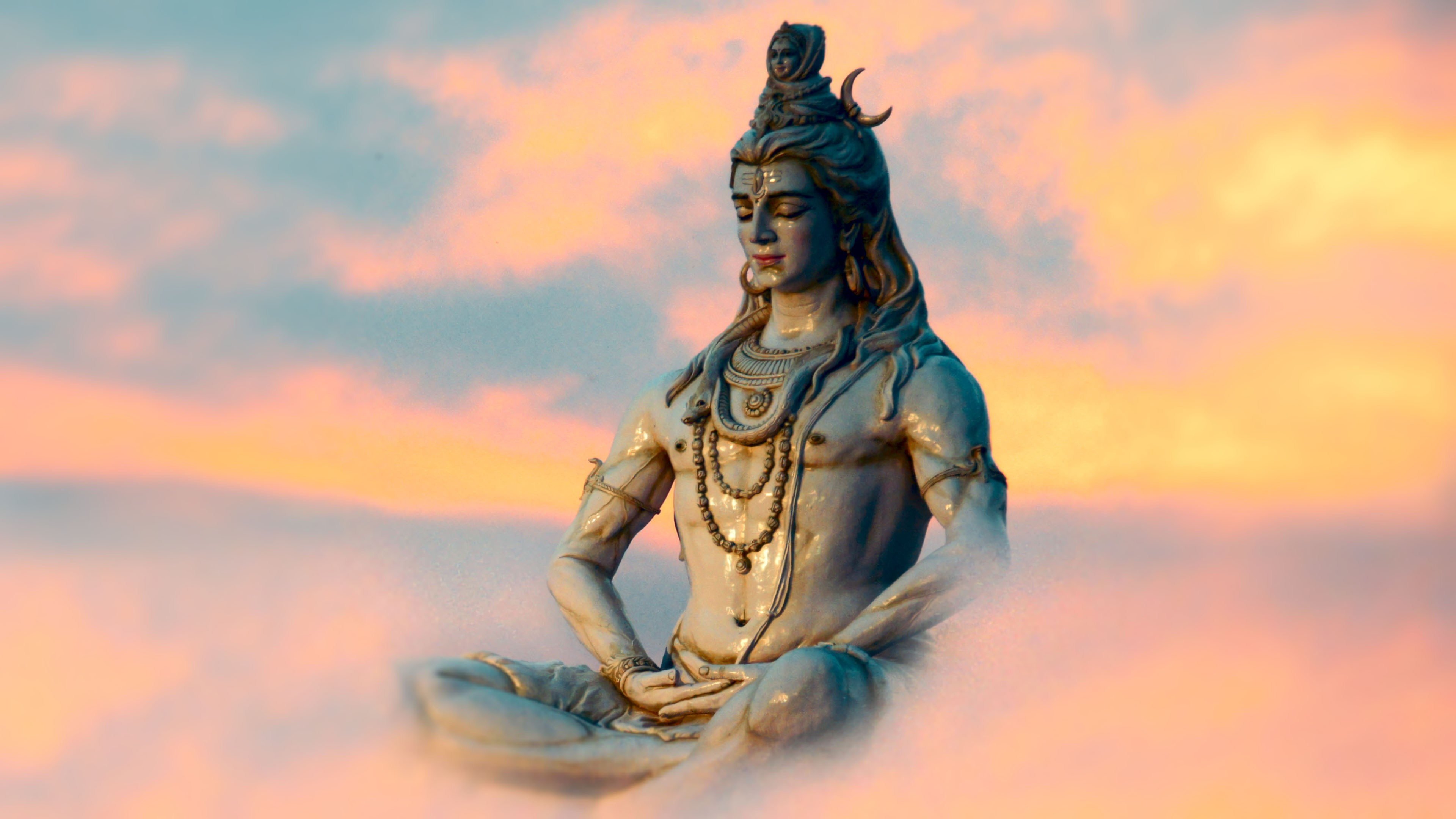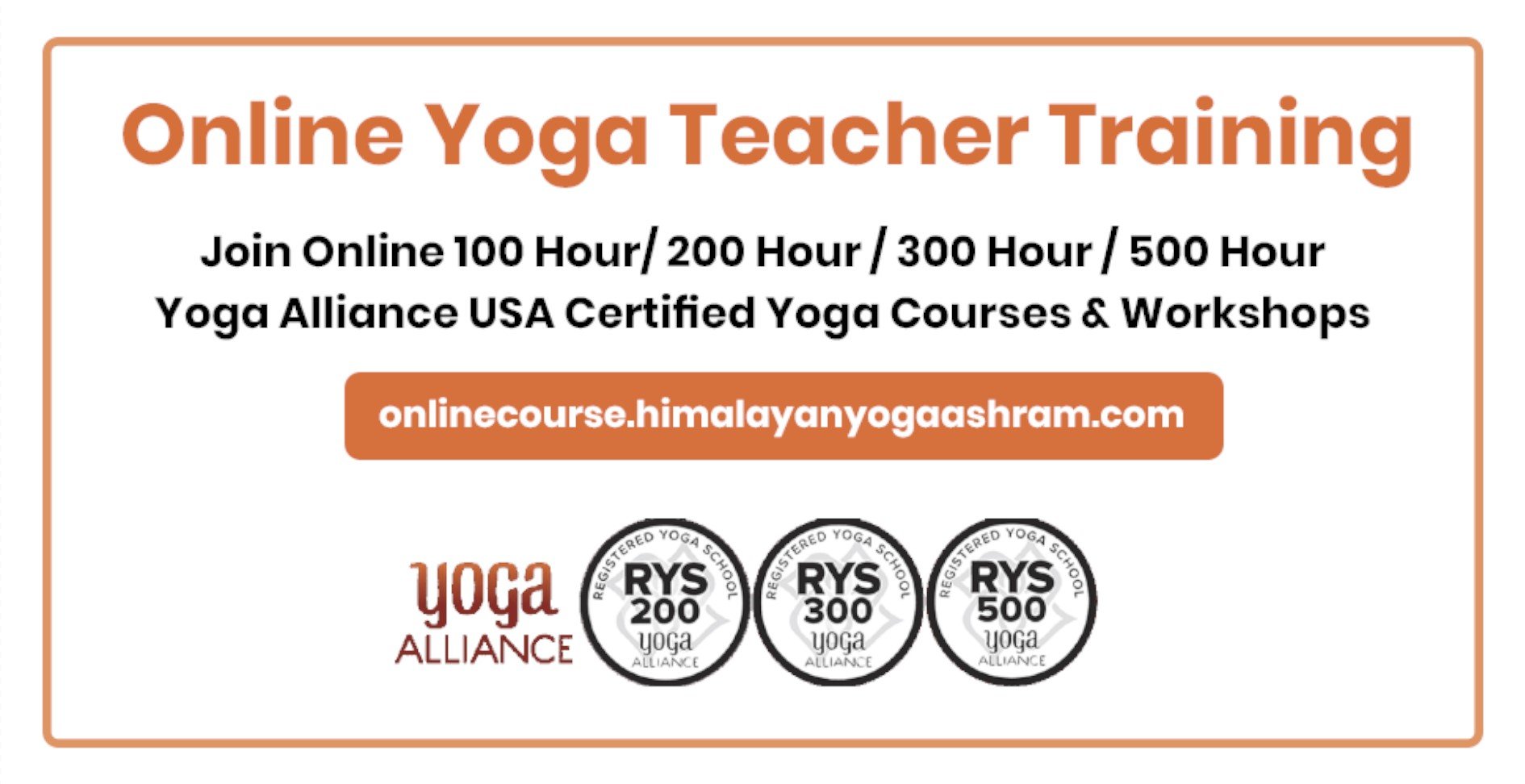Yoga Glossary
Asanas: Physical postures of yoga.
Guru: Teacher or master; one who illuminates the darkness.
Hatha Yoga: From “ha” (sun) and “that” (moon), hatha yoga seeks to unify opposites – body and mind, and describes any of the physical practices of yoga.
Mantra: Sounds, syllables, words or groups of words that are repeated with the goal of creating a positive transformation; a sacred thought or prayer.
Meditation: The process of opening to and becoming friends with our human experience.
Mudra: Hand positions that have an influence on the energetic or feeling body.
Namaste: Commonly said at the end of yoga class by the instructor and the students that honors one soul to another.
OM: Considered to be the first sound of creation. OM is frequently chanted before, after and/or during yoga classes.
Pranayama: Breath awareness to facilitate inner stillness and awareness.
Props: Mats, blocks, bolsters and straps used to extend range of motion and facilitate ease in a pose.
Savasana: Final relaxation; literally translated as “corpse pose.”
Yoga: From the Sanskrit “yug” (yoke), means “union”. Yoga is an ancient discipline in which physical postures, breath practices, meditation and philosophical study are used as tools for achieving liberation.
Below is an overview of the most commonly used terms…
All Pervading Power – God Almighty. Known by many names including Shiva, Allah and Yaweh.
Attention – The faculty of applying the mind and interest. Under pressure it can become short-spanned and undisciplined but through Himalayan Yoga Associations’s Meditation the faculty can become focused and productive.
Balancing and Clearing – If the attention is majorly focused on right-sided activities (thinking, action, the future) or left side (reflection, emotion, the past) blockages can occur. Meditative clearing removes these blockages and allows the system to gain balance in the centre (mental silence, peace, now).
Catches – Catches occur when the efficient function of chakras is impaired. These catches block the passage of kundalini and are the causes of varying problems. When these damaged charkras are repaired through meditation the problems disappear.
Central Channel – This is the channel through which the kundalini flows. It is opened when self realisation takes place and it is the through-flow of kundalini which brings about real and enriching meditation.
Chakras – These are the subtle energy centres located at the main nerve plexuses along the spine. There are seven main chakras in the human system and they relate to stages of evolution, the seventh, at the top of the head being activated by self realisation.
Cool Breeze – The energy manifested from the top of the head when self realisation takes place. It can be felt as a warmish breeze-like sensation. After meditation the energy cools down and is known as the cool breeze.
Difference between Yoga and Meditation – Yoga is the union of the kundalini with the great energy of creation that surrounds us (self realisation). Meditation takes place as a result of that joining.
Guru – Spiritual teacher, guide. Someone with their self realisation who assists others to gain their yoga.
Kundalini – The mothering energy that resides in the sacrum bone at the base of the spine. When self realisation takes place this energy uncoils, rising through the chakras and the top of the head.
Inner Peace – Being free from mental activity. Not being concerned with memory or plans but being in the ‘now’.
Joy – Happens when deep meditation takes place. A all-embracing sense of relaxed well-being.
Kundalini Awakening – Kundalini resides in three-and-a-half coils at the base of the spine. When self realization or kundalini awakening takes place, this energy uncoils and rises through the chakras to manifest at the top on the head.
Left Channel – This rises along the left side of the spine but at the forehead crosses into the right hemisphere of the brain to become the superego. It is concerned with emotion, the past, insecurity, conditioning and, if the attention become heavily focused into it, it can cause depression and many painful diseases.
Meditation – It is a state of relaxation without mental activity. It is calming, peaceful and opens the inner pathways to health, knowledge and spiritual deepening.
Right Channel – This rises along the right side of the spine but at the forehead crosses into the left hemisphere of the brain to become the ego. It is concerned with action, the future, planning and, if the attention becomes heavily focused into it, it can cause anger, tensions and many painless diseases.
Self Realization – This is the yoga, the union, the joining of the individual spirit with the great energy of creation. It happens when the kundalini (life force) rises from its home in the sacrum bone along the spine and pierces the fontanelle at the top of the head.
Spirit – The reflection of divinity within each human subtle energy system.
Spirituality – An intense interest in the non-material aspects of life, reality and existence after death
Subtle System – The network of chakras, channels and kundalini which define the nature of a human being at any given time.
Thoughtless Awareness – Is meditation. All thinking stops although the consciousness of sounds around us remains. The traditional name for this very pleasant and rewarding state is mental silence.
Vibrations – The cool pulsing that a realised person feels (often on the palms of the hand) when the attention is focused on something or someone in balance.
Yoga – The pathway to, and gaining of, self realisation. Rajah Yoga is the pathway along the right channel, Bakthi Yoga uses the left channel ‘Sahaja means born-with or spontaneous. So Sahaja Yoga draws attention to the fact that the union (self realisation) can be gained spontaneously by way of mechanisms one is born with.


